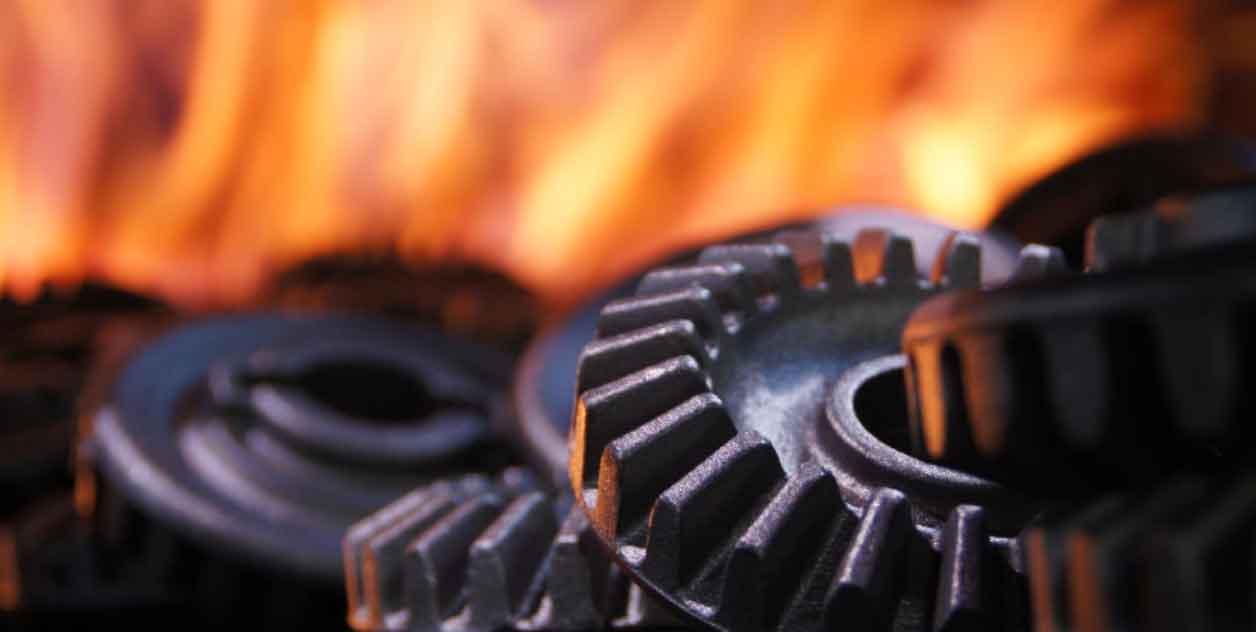Heat treatment can have a significant impact on the lubrication and wear characteristics of miter gears. Here are some effects to consider:

- Surface Hardness: Heat treatment, such as carburizing or nitriding, can increase the surface hardness of miter gears. This enhanced hardness improves the gears’ resistance to wear, reducing the likelihood of surface damage and extending their service life. The harder surface can better withstand the contact pressures and sliding forces during gear operation.
- Load Distribution: Heat treatment can affect the load distribution across the gear teeth. When gears are properly heat treated, the hardness gradient between the surface and the core promotes more even load distribution. This helps to minimize stress concentrations and localized wear, improving the overall wear resistance of the gears.
- Surface Roughness: Heat treatment processes can alter the surface roughness of miter gears. Depending on the specific heat treatment method used, the surface roughness can either increase or decrease. A smoother gear surface resulting from heat treatment can reduce friction and wear, leading to improved lubrication conditions and lower wear rates.
- Retained Austenite: Some heat treatment processes may result in the presence of retained austenite in the gear material. Retained austenite is a metastable phase that can undergo transformation and lead to dimensional changes, reduced hardness, and increased wear. Proper heat treatment control is crucial to minimize the presence of retained austenite and ensure optimal gear performance.
- Residual Stresses: Heat treatment can induce residual stresses in the gear material, particularly during the quenching process. These residual stresses can affect the lubrication and wear characteristics of miter gears. Compressive residual stresses can enhance gear strength and reduce wear by improving the contact pressure distribution. However, excessive residual stresses can lead to increased wear and potential failure due to stress concentration.
- Lubricant Compatibility: Heat treatment processes may alter the surface chemistry of the gears, affecting their compatibility with lubricants. It is essential to consider the lubricant selection and compatibility with the heat-treated gear surfaces. Some lubricants may perform differently or have reduced effectiveness on heat-treated surfaces, requiring adjustments in lubrication selection and application.
It is important to note that the specific effects of heat treatment on miter gear lubrication and wear depend on various factors, including the heat treatment method, gear material, design, operating conditions, and lubrication system. Manufacturers and engineers should carefully evaluate these factors to optimize heat treatment processes and select appropriate lubricants to achieve the desired lubrication and wear performance in miter gears.
